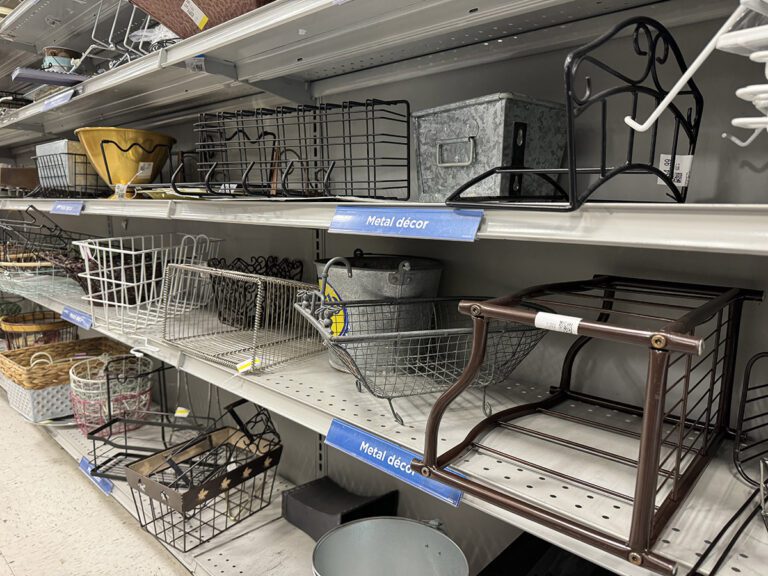Some art teachers are born with the coveted skill of organization. But, if you’re like me, you weren’t blessed with such a gift. Whether or not your art room is a clean, organized space, there has to be some level of order to the chaos. For those of you struggling with supply organization, there’s a solution for you!
The Classroom Checkout App is the perfect tool to check out supplies to your students in the secondary classroom.
Learn how to set it up and use it below!
About the Classroom Checkout App
The Classroom Checkout App, created by Fikes Farm, is intended to be used for classroom libraries. It has similar features to what your librarian might use in your school library, but on a much smaller scale, making it perfect for individual classrooms. Initially intended for books, this cataloging system is perfect for some of your art supplies.
In a secondary classroom, students have much more responsibility for their materials, and it can be difficult for them to take ownership of their supplies. But checking out supplies directly to students increases accountability.
Download and Setup the App

To get started using the app you will need to download it. At this time it is only supported by Apple Devices. The app does cost a one-time fee of $4.99, but it is well worth the price to help in your organizational woes. After you have it downloaded it, open it up. You will be asked to create a pin number for the “teacher user.” The pin number is key as it only allows you to access the app in teacher mode. Once you’ve set up your pin, you are ready to start cataloging materials.
Label Materials
Before supplies can be cataloged into the app, you will need labels that will scan. You can download them for free or purchase barcode stickers from Fikes Farms here. Once your barcodes are ready, start labeling your materials!

It’s not feasible to label every single material in your classroom, so think about the materials that often don’t get returned. Do you assign materials to your students at the beginning of the semester? These will be the materials you will want to label. For example, in my semester-long classes, each student checks out paintbrushes and drawing kits. Students are responsible for checking back in their materials at the end of the semester. If materials are missing, there is a fine, just like a missing library book.
Add Supply Inventory

Once you’ve decided which supplies to label, you can start cataloging materials. It’s as easy as pointing the camera at the barcode, and it will be added to the inventory. The nice thing about this system is if you are logging twenty-five paintbrushes, you can put in information for one item, but change the quantity to twenty-five. Each of the twenty-five paintbrushes will then have a unique barcode. And, if you’re wondering, the barcode still works even after an entire semester of painting and washing!
Add Students

After your supplies are added to the Classroom Checkout inventory, you will need to add your students to the system. Assign each student a pin number, and they can check out materials by signing in with their pin. When adding classes into my catalog, I find it easiest to put the class period before their name.
Check Out Materials

After students have been added to the system, materials can be checked out. You will need one device to check out materials, so using a classroom iPad is a great solution. Although the labeling and inventory process can take a little bit of time, it’s nice to be able to see which students have what materials checked out by simply clicking a name or the item you are looking for.
Constantly losing supplies from the art room shouldn’t happen, but it does. Using the Classroom Checkout App is an excellent solution to help fight this battle. If you’re not sure how this will work in your classroom, try using this system with a couple of your classes to get started.
How are your students accountable for their materials?
What checkout or organization systems work best in your classroom?
Magazine articles and podcasts are opinions of professional education contributors and do not necessarily represent the position of the Art of Education University (AOEU) or its academic offerings. Contributors use terms in the way they are most often talked about in the scope of their educational experiences.





